HSOG History, Chapter 6: A new home in Elmbank Street – Part 1
The High School of Glasgow has a long, distinguished history and in previous instalments of HSOG History, we have examined the development of the High School from its Grammar School roots through to its renowned identity as ‘The Town School’. For June’s instalment we will shine a light on the early stages of the School’s relocation to Elmbank Street, spanning the years 1878-1914. In total, the School was housed at this location for just shy of a century.
Stay tuned for next month’s article where we will explore the High School’s history at Elmbank Street from 1914-1976.
Pictured above: Wilfred Appleby etching showing the frontage of the High School’s buildings on Elmbank Street (date unknown). Kindly donated to the School by former pupil Ian Brodie, Class of 1969.
The development of Elmbank Street for The High School of Glasgow (1878 – 1914)
Following concerns about the suitability and quality of the High School’s buildings in John Street, the directors of The Glasgow Academy, whose buildings on Elmbank Street had recently become available, agreed to sell their buildings to provide a new home for the High School. In April 1877, the Glasgow School’s Board offered the asking price of £32,000 (circa £3.1 million in today’s money), with possession taken in June 1878.
The building itself was designed by Glasgow architect, Charles Wilson, and was officially opened on 5th May 1847. Although Wilson’s original Italian palazzo design had included four statues of famous men of learning, for unknown reasons such plans were never executed. However, members of the Board honoured the opening of the School’s new home by agreeing to pay for the sculpting and erecting of four eight-feet high statues of Homer, Cicero, Galileo and James Watt.
The lintel stone from the former Grammar School was another addition to the buildings at Elmbank Street. Originally rescued by Michael Connal, it had been presented to the School whilst it was still located in John Street.
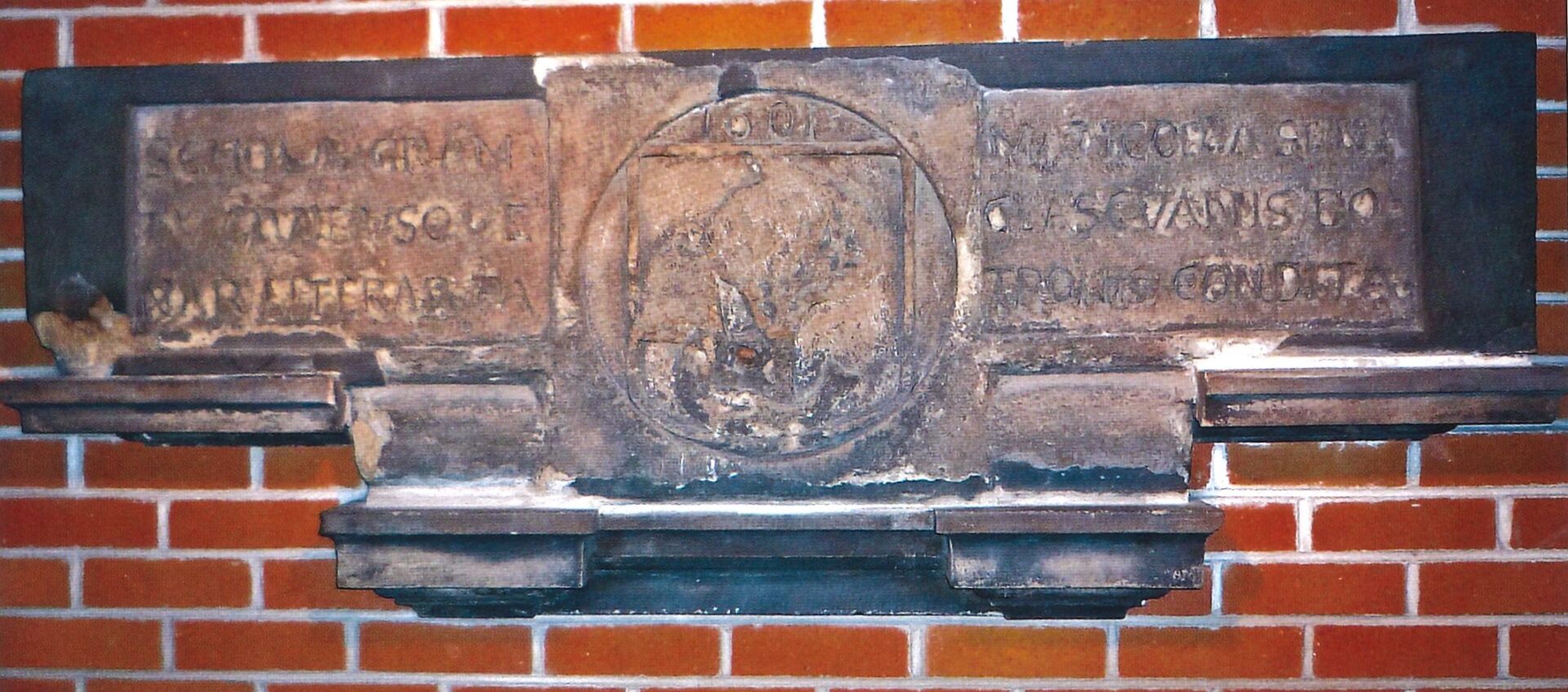
At the time of the School’s relocation, its buildings consisted of 16 classrooms and a gymnasium in what was known as ‘C block’, as well as the janitor’s lodgings. However, by session 1881-82, an annual inspection of the campus deemed the Science classrooms to be unsatisfactory, and so plans were drawn up by Glasgow architect, James L Cowan. As a result, ‘B block’ was officially opened by the Rt Hon Lord Balfour of Burleigh, then Chairman of the Educational Endowments Commission, on 30th September 1887. During the construction stages, a celebratory tablet honouring the Golden Jubilee of Queen Victoria was erected.
The School roll continued to flourish, with pupil numbers increasing from 798 in 1887 to 940 by session 1894-95. As such, the Board were keen to further develop the campus to better accommodate the growing number of pupils. Additionally, they wished to establish a junior department. James Cowan was again called upon to draw up plans for what would become the south wing to house the Junior School, English, Manual Instruction workshops and a new gymnasium. 21st September 1897 marked the official opening of the School’s latest extension project by Scottish politician and distinguished former pupil, Sir Henry Craik.
The accommodation at Elmbank Street underwent further development in 1904, with the Board determined to build a large hall capable of accommodating 1,050 boys as well as a kitchen, dining hall, lunch buffet and a common room for Masters. The new building overlooked Holland Street and was used for the first time on 28th June 1906 for the annual Prizegiving ceremony.
The Rectors of The High School of Glasgow at Elmbank Street, 1878-1914 – a snapshot
As well as providing new accommodation for the High School, the relocation to Elmbank Street also prompted the Board to reinstate the post of Rector, a position filled by Dr David Paton (Head of the Classical department), who became the first Rector since 1830. He initially joined the School in 1866 as the Second Master in the Classical Department before taking over the department in 1873.
Perhaps a highlight of Paton’s career as Rector was during session 1892-93 – witnessing High School pupil, Horace F Wallace, becoming the First Bursar in the Glasgow University Bursary Competition, with the School securing five of the first nine bursary places.
Succeeding Paton was Harry Spenser. Impressed by his ideas for change, the Board appointed him as Rector in 1901. Of particular note was his direct encouragement to improve sporting standards, with the rugby and cricket teams seeing promising success shortly after his arrival into post. Additionally, golf and swimming were made available to pupils.
Understanding that an all-round education encompassed more than just the academic curriculum, Spenser introduced a myriad of activities including photography, botanical excursions and the Orchestral Society. In early 1902, he put forward convincing arguments for the establishment of a School Cadet Corps. Within a few short months, more than 200 boys aged 12 and above joined the School Corps, which was attached to the 1st Lanarkshire Rifle Volunteer Corps. Whilst the War Office supplied the equipment, such as carbines, bayonets, slings and belts, the boys supplied their own uniforms. This consisted of a green jacket, Douglas tartan kilt and hose, Glengarry cap, sporran, spats and badges.
Spenser also introduced the first uniform regulations with the hope that this would allow the boys to properly identify with, and be proud of, their School. In session 1902-03, he welcomed five women to the teaching staff, the first female teachers the High School boys’ school had seen.
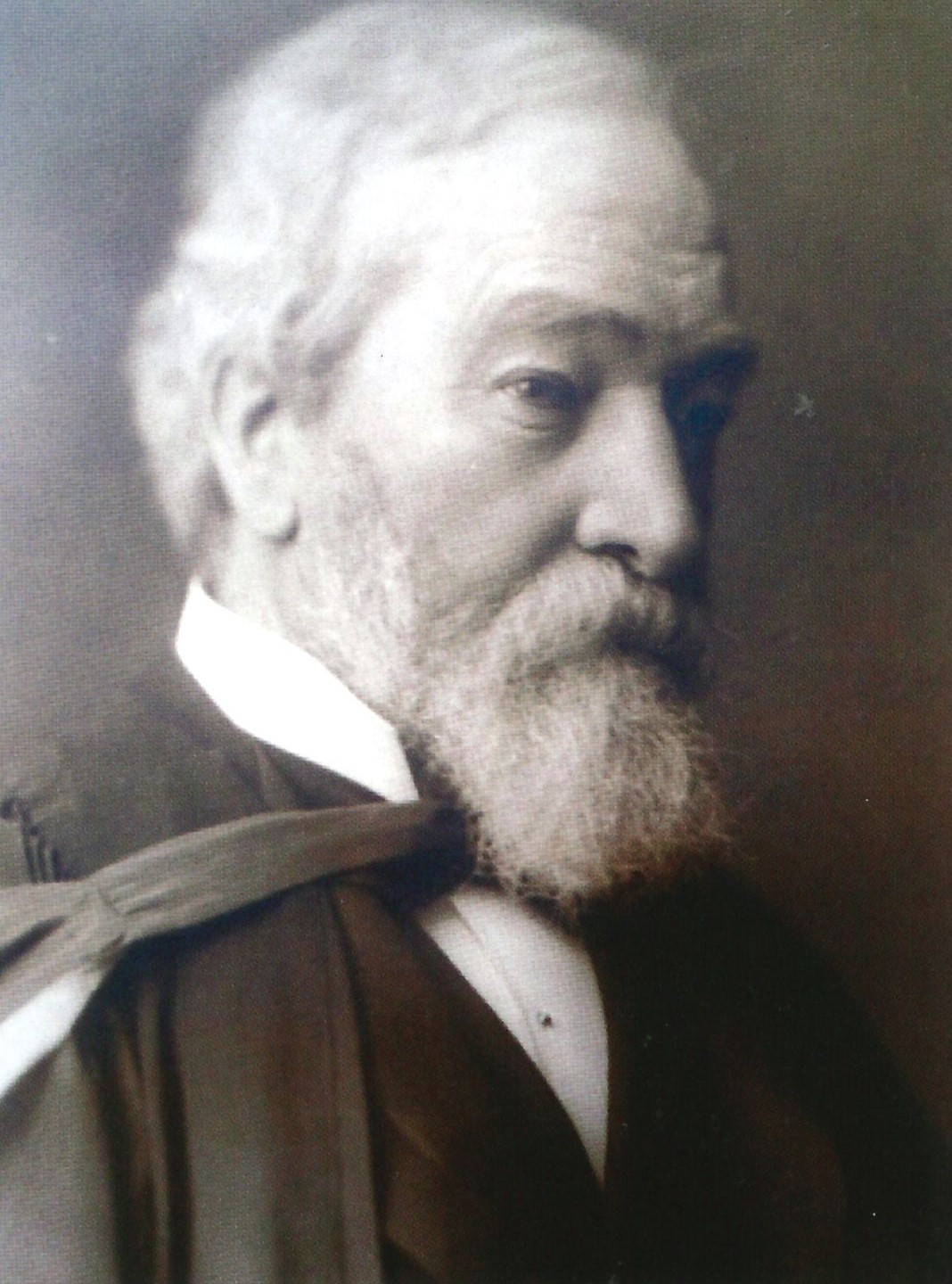
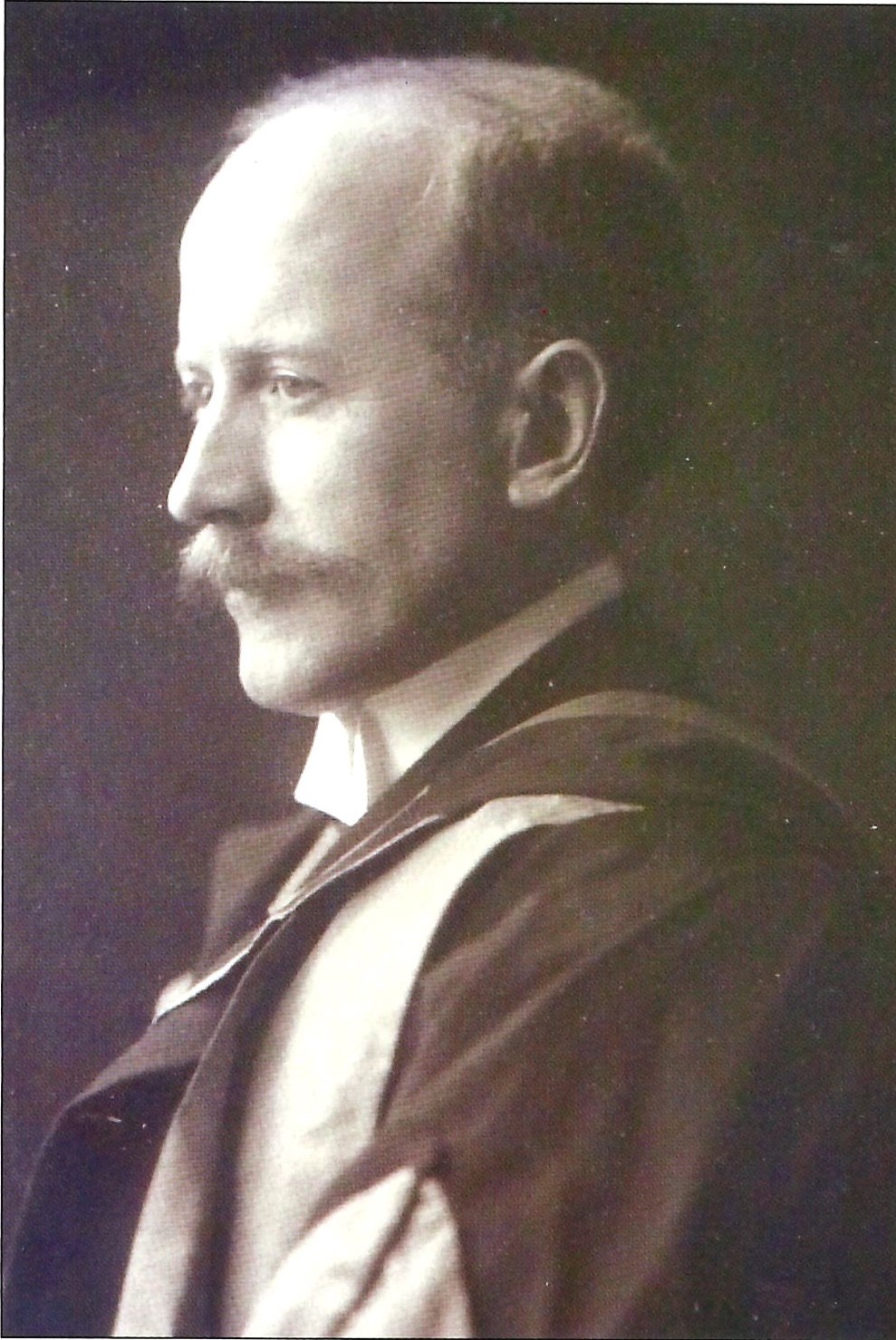
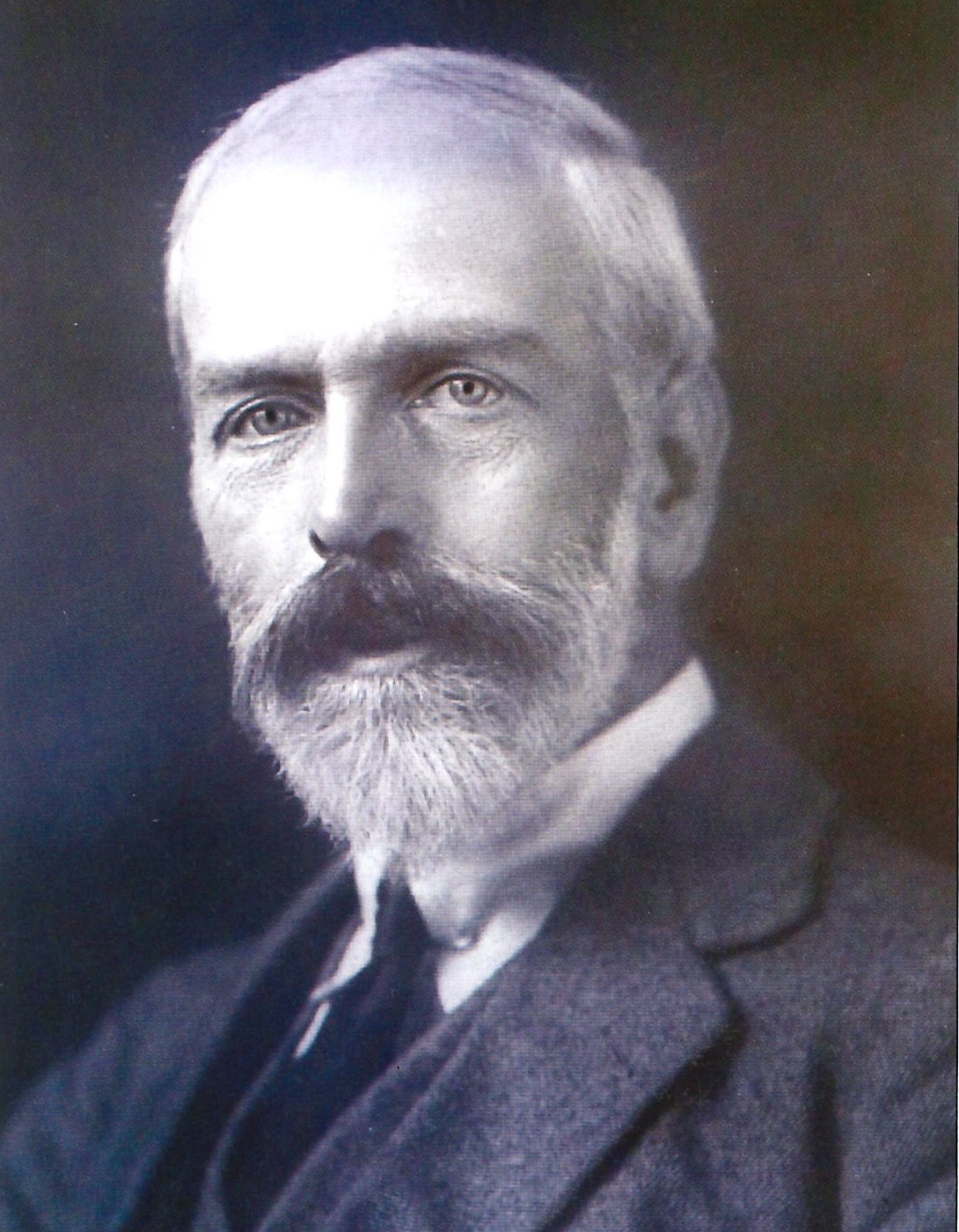
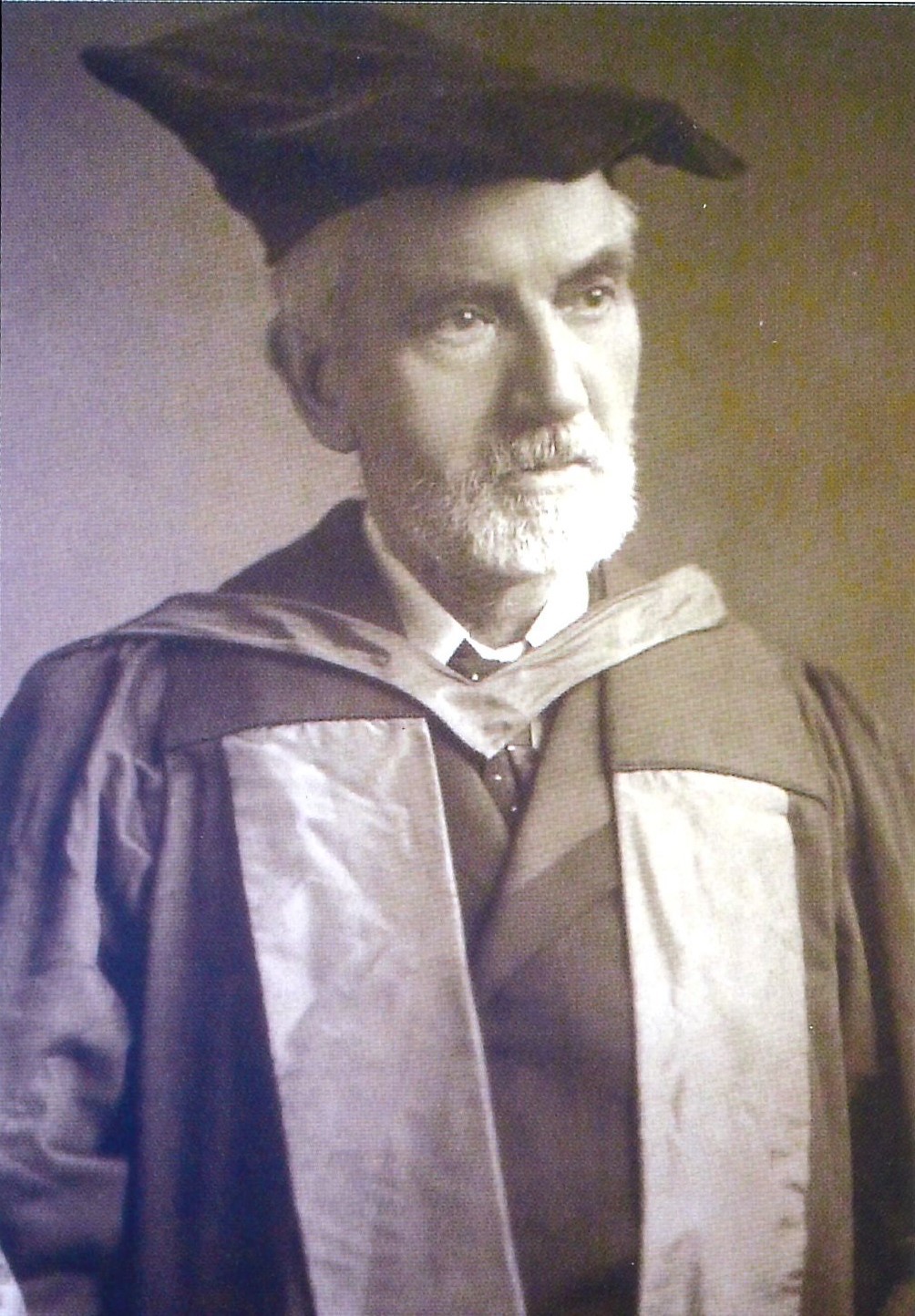
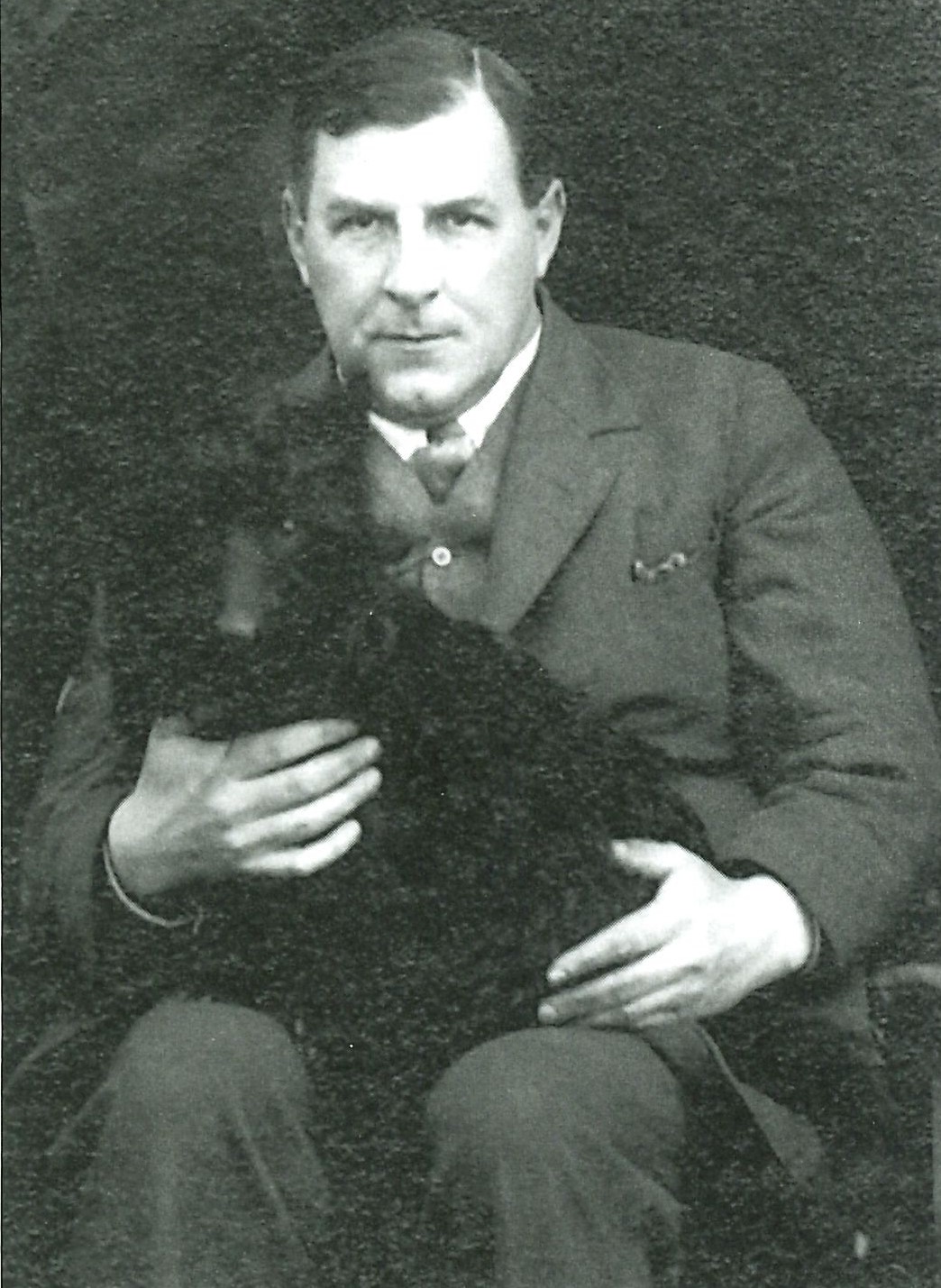
In the early stages of his time as Rector, Spenser reorganised the curriculum by introducing a ‘form system’ – a fixed curriculum with the requirement for a certain level of proficiency in all subjects before promotion to a higher year group was allowed. At the same time, the Junior School was divided into a preparatory and junior department, each consisting of three different classes. The former taught by mistresses, and the latter by masters. Pupils could only progress into the Senior School upon successful attainment of the Sixth Standard exams.
Although his time as Rector was short, totalling just three years, Spenser enacted a great deal of positive changes, as well as growing the School roll from 859 to 944 pupils between 1901-03. He left the High School in September 1903 and was replaced by Frederic Spencer, who was elected by nine Board votes to six. At the time, the Rector’s yearly salary was £750 (approximately £76,000 in today’s money).
Frederic Spencer’s tenure only spanned from 1903-04, but during this period he improved the staffing levels in the Junior School, resulting in smaller, more manageable class sizes. He too, like his predecessor, strongly supported a diverse range of clubs and societies, and was actively involved with the establishment of a Pipe Band and the Boxing Club.
The School Song, written by A L Taylor and set to music by Dr A H Mann of King’s College, Cambridge, was also welcomed during Spencer’s rectorship.
Following an offer to become the Staff Inspector of Secondary Schools in England, Spencer’s post was filled by John Hutchison, who took up the post of Rector in June 1904.
Being a former pupil of the High School himself, Hutchison proved popular amongst the Old Boys. Whilst the Kindergarten reached its capacity within three years and the Junior School continued to flourish, numbers in the Senior School dwindled slightly as pupils left school early to work without gaining any formal qualifications.
Hutchison viewed the Intermediate Certificate and Group Leaving Certificate, introduced by the Scottish Education Department in 1905-06, as the solution to the Senior School roll.
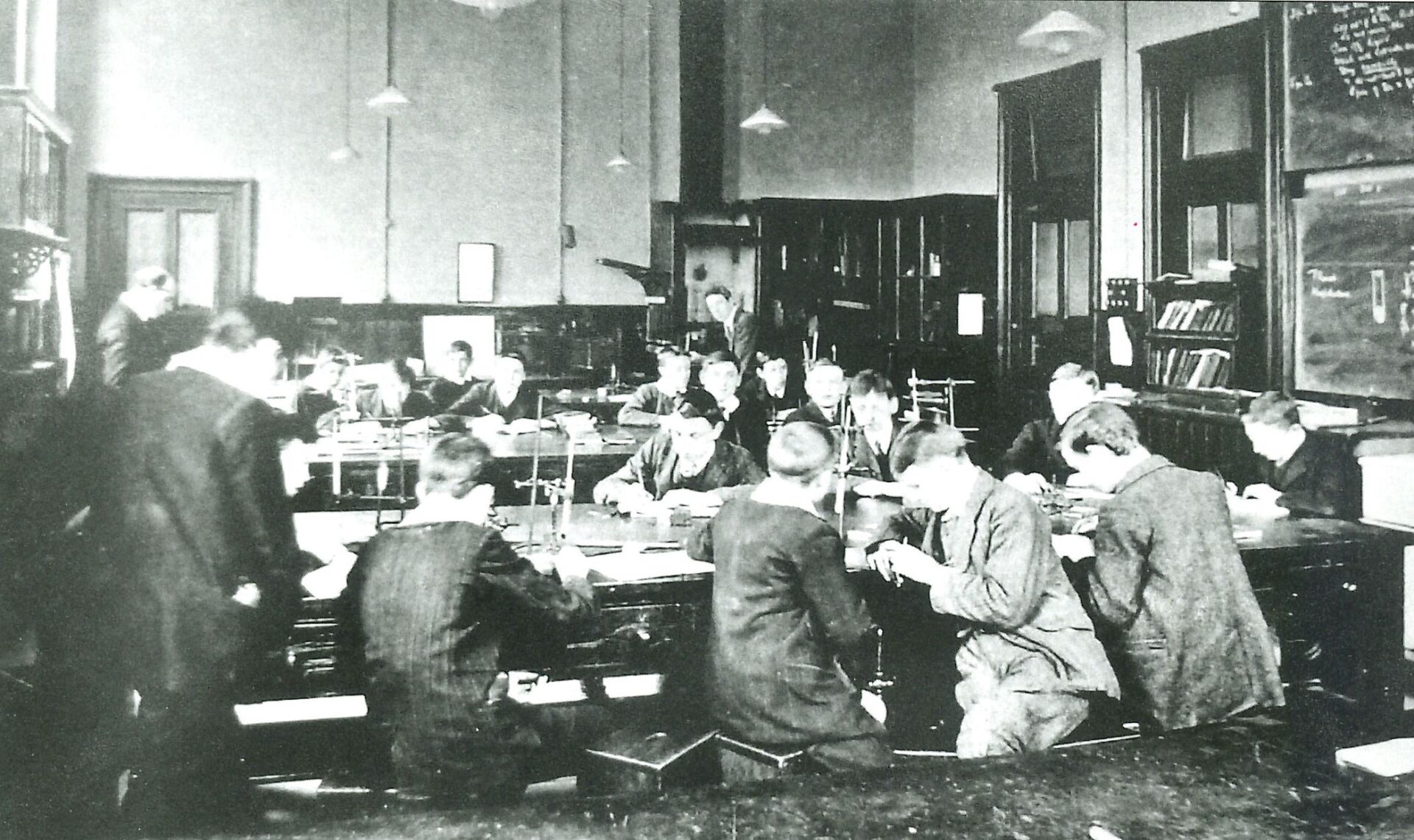
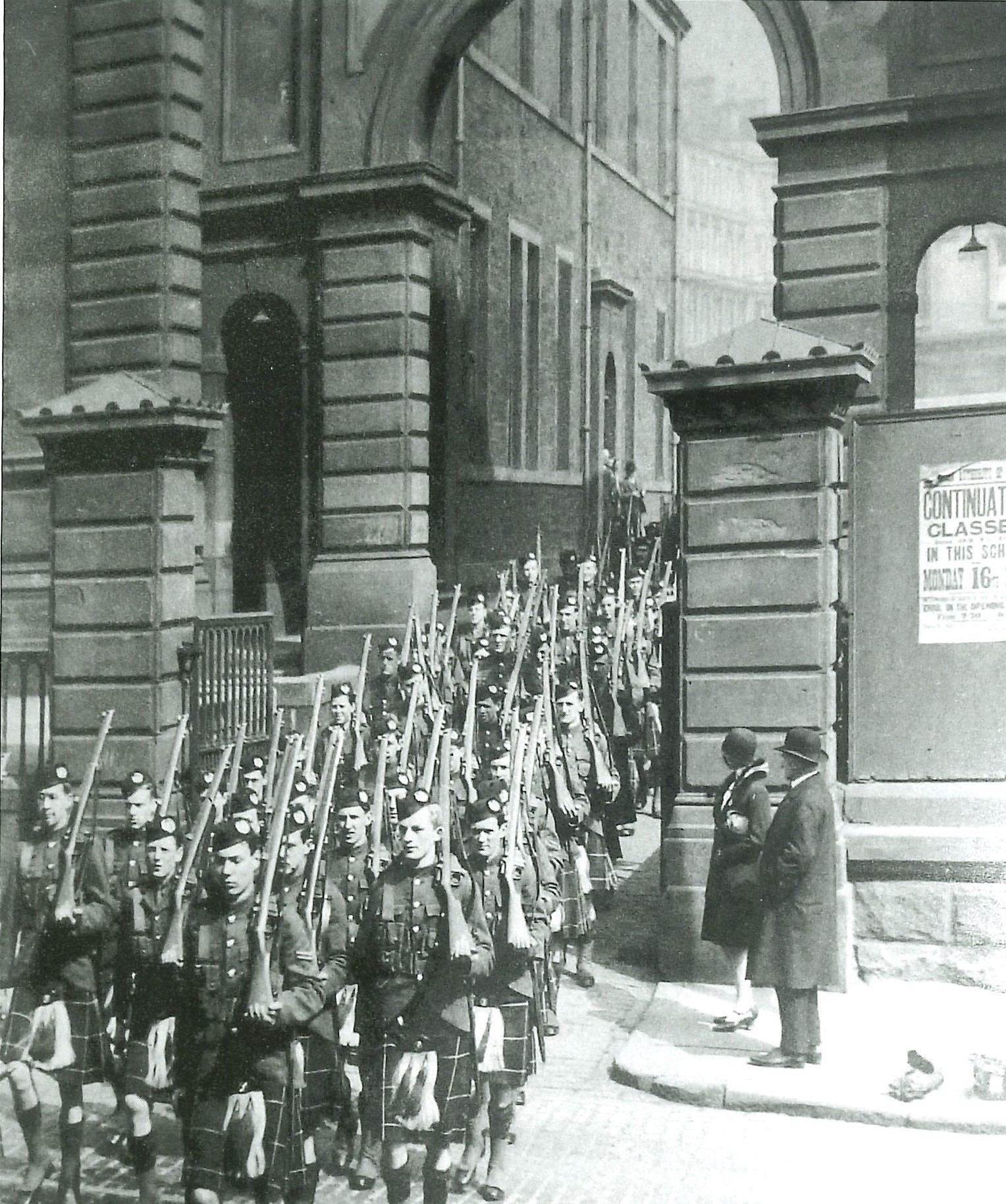
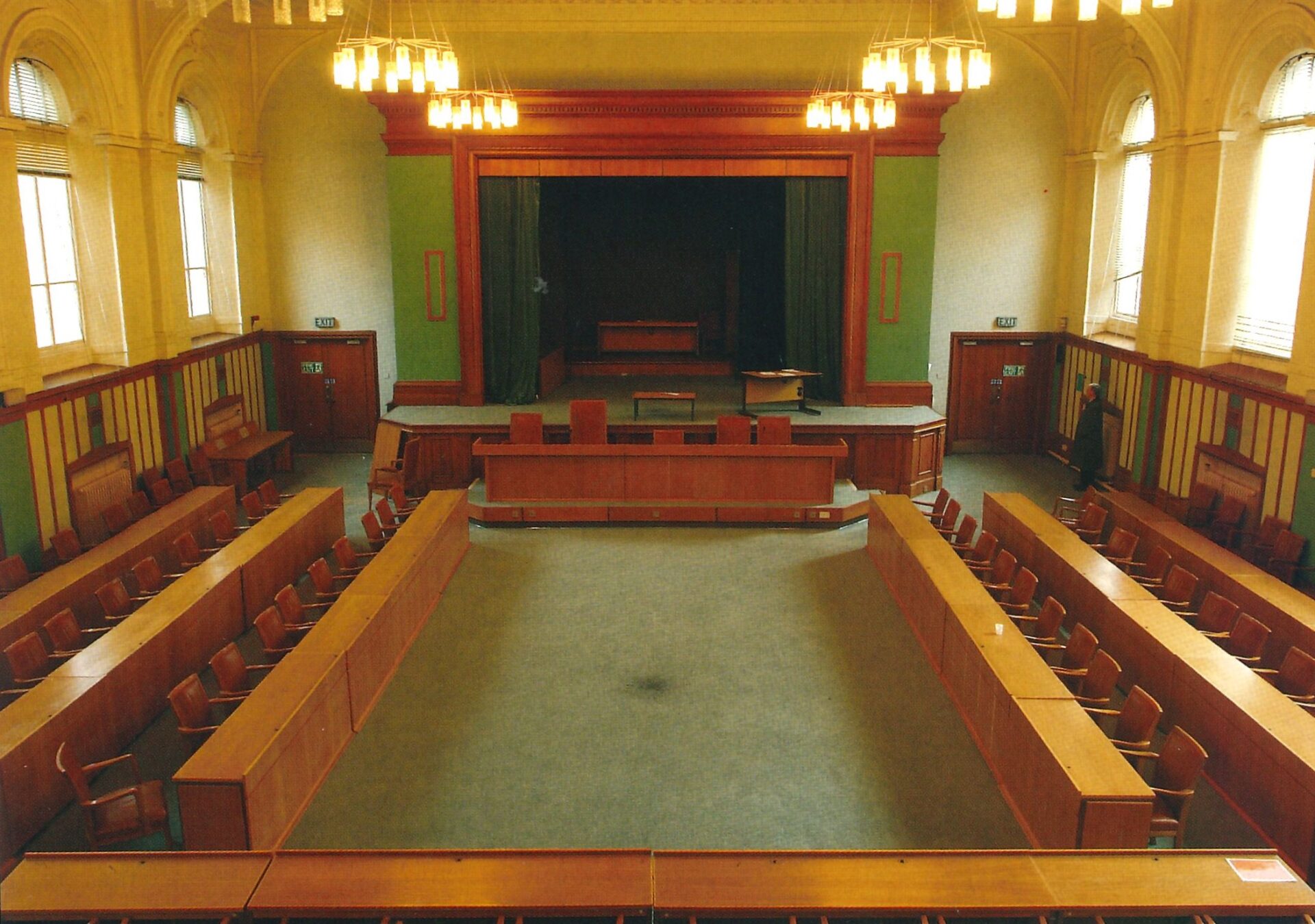
By session 1907-08, a new curriculum was introduced with continuous courses in English, Science, Mathematics, Drawing and either Latin or French. However, this did little to mitigate the numbers of pupils leaving school early at this time.
With Hutchison retiring at the age of 67, the next Rector in post was Shirley Goodwin who joined the High School in 1909. He had high hopes of sending boys to Oxford and Cambridge, as well as to the Army and Navy. Additionally, he wanted to ensure the School succeeded in everything, especially cricket and rugby.
As a result, Goodwin was actively involved with many activities. In particular, the Officers’ Training Corps, of which he was the Commanding Officer. In December 1909, the Corps gained official recognition from the War Office. Despite this, Goodwin maintained its principal purpose was educational.
Goodwin also established a House system, in 1910, with the four Houses named after the form teachers: Keen, Gillies, Taylor and Barclay. The Prefect system was also introduced, comprising two classes of Prefect: Form and School. Ultimately, the School Prefects held greater authority, being responsible for the welfare of the School.
After accepting an offer of employment at Emmanuel College, Wandsworth in December 1913, Goodwin was replaced by Peter Pinkerton in January 1914, shortly before the outbreak of the First World War.
Much of the information included within this article was sourced from The Town School, a book written by former staff member, Brian Lockhart. Should you wish to read more about The High School of Glasgow’s history in the Elmbank Street era, or indeed HSOG’s wider history, you can order a copy of the book here: www.hsogcommunity.co.uk/shop/.
July’s instalment of HSOG History will look in more detail at the latter stages of the School’s time at Elmbank Street, spanning the years 1914 until Elmbank Street’s eventual closure in 1976.

